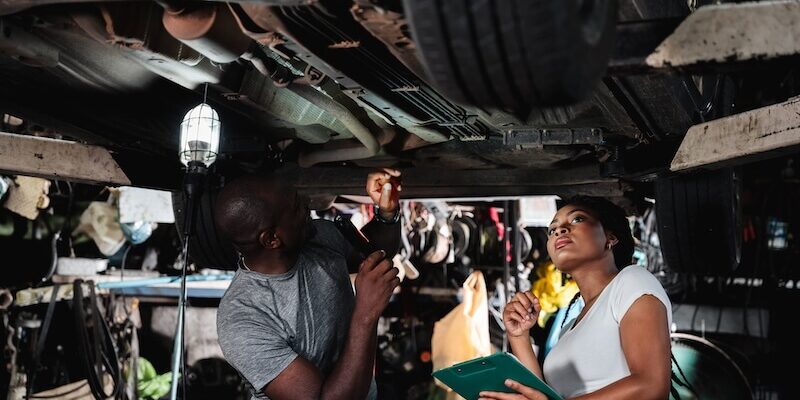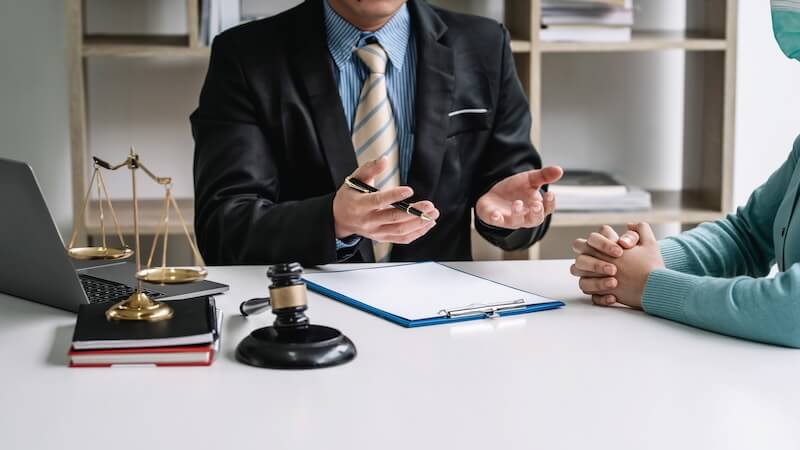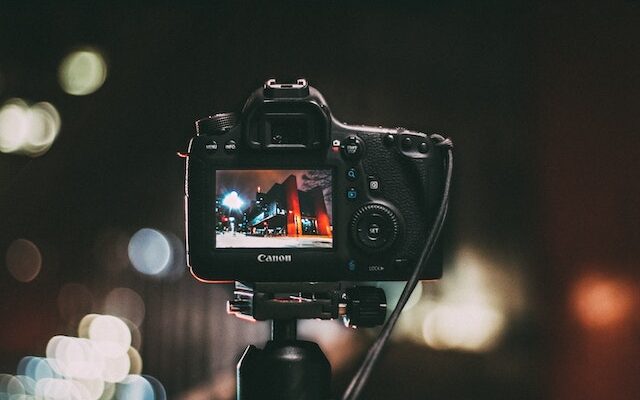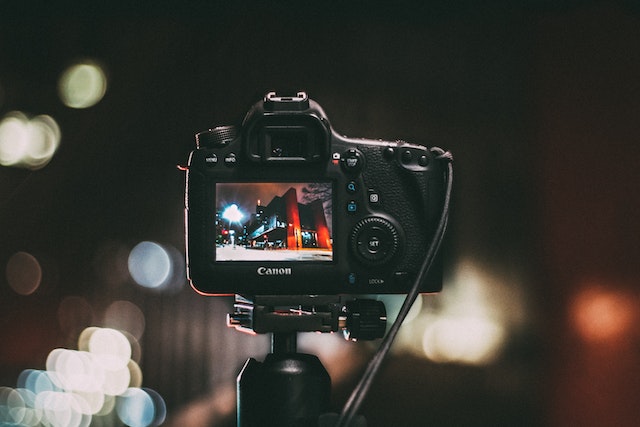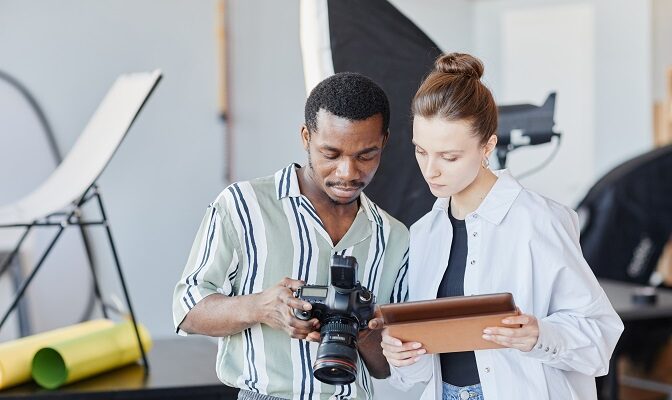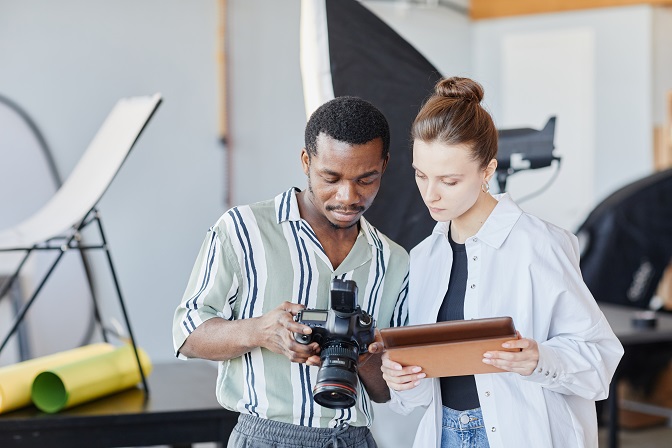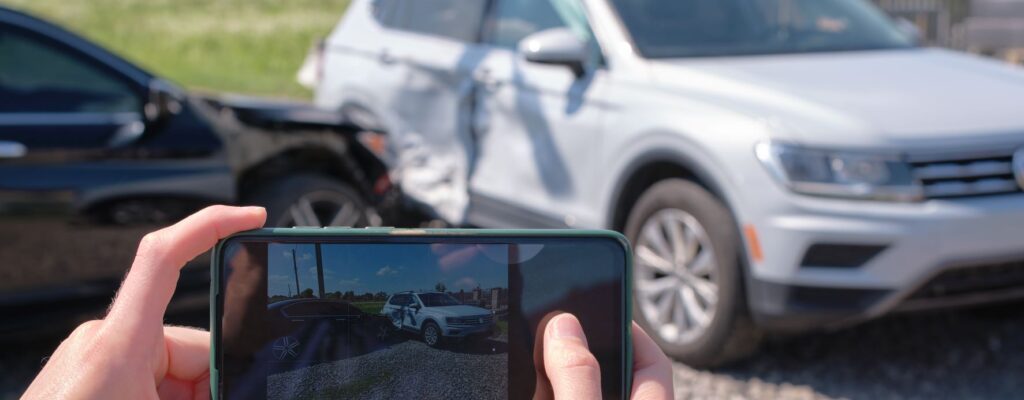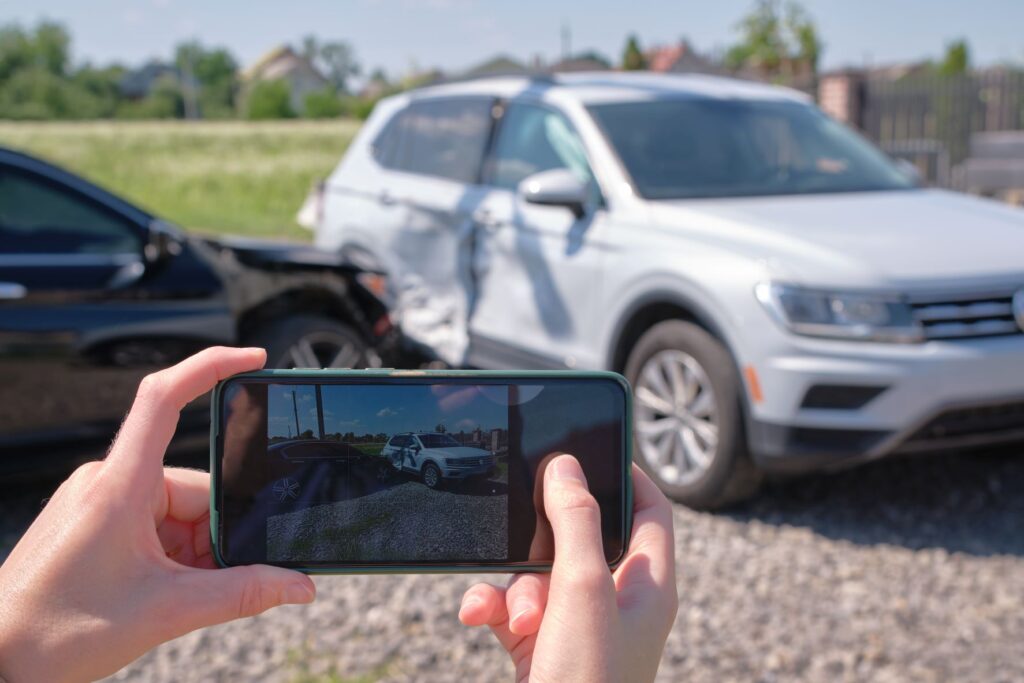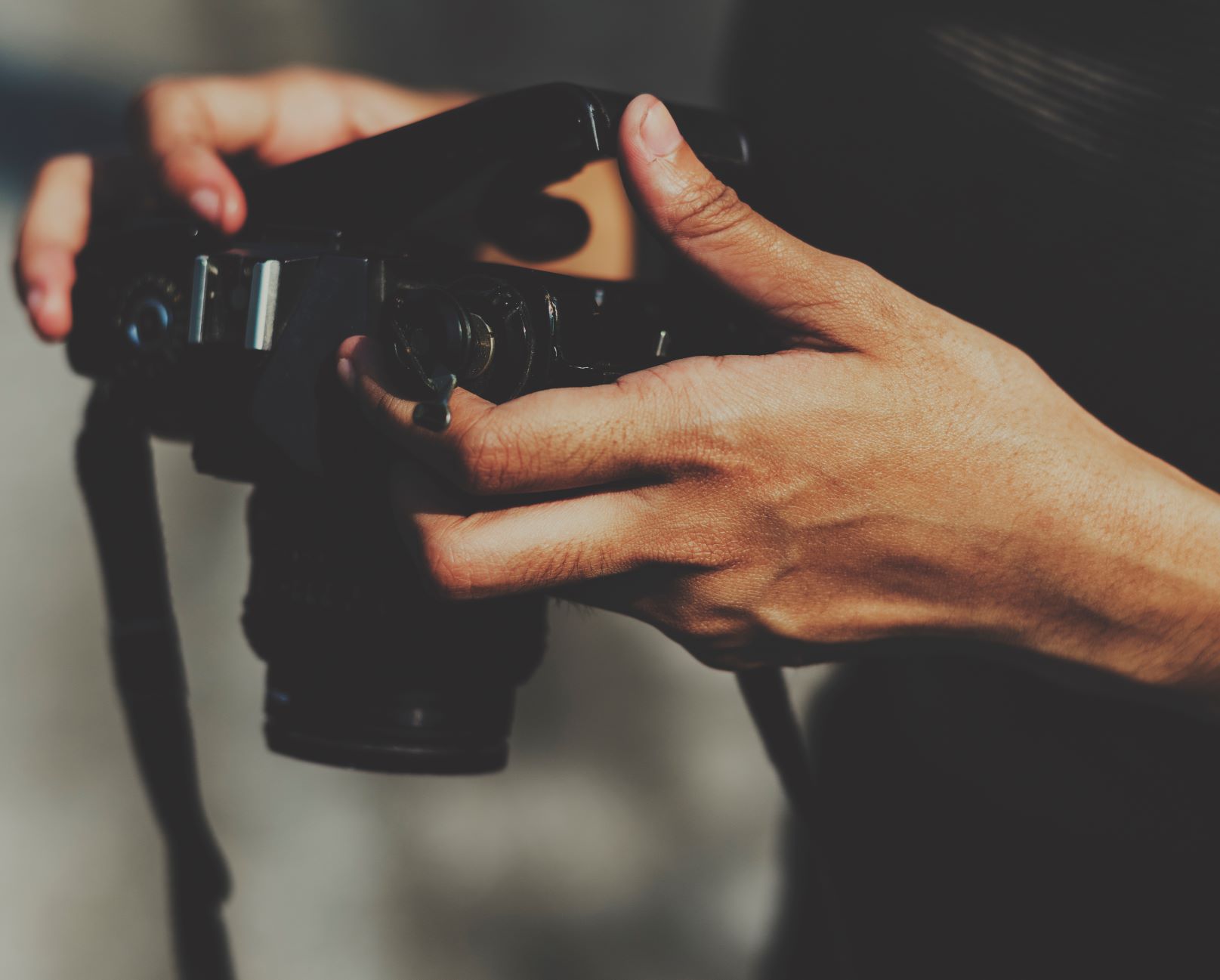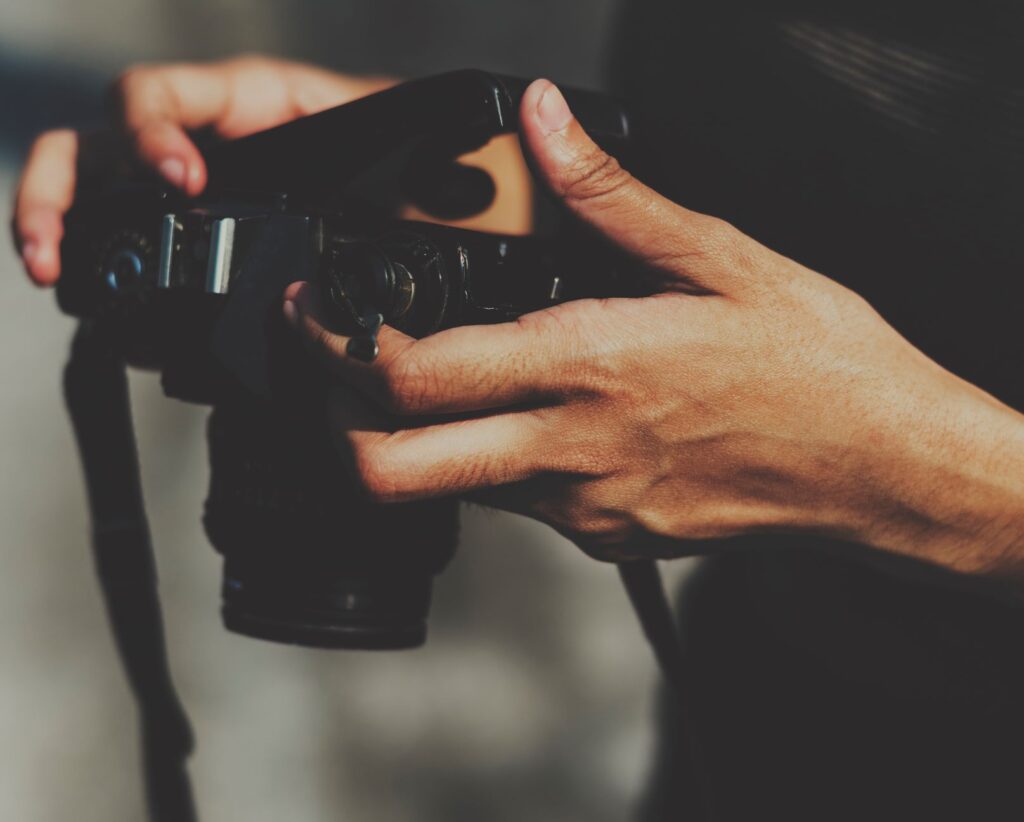In the world of photography, the quest for compelling subjects and unique settings is perpetual. Auto body shops, with their intricate dance of craftsmanship and mechanical precision, present a less traditional yet fascinating canvas for photographers. The contrasts in textures and colors, from the sleek sheen of freshly painted metal to the gritty underbelly of automotive repair, offer a plethora of visual narratives waiting to be captured through the lens. But how can photographers gain meaningful access to these vibrant spaces, and what kind of stories might emerge from the sparks of metal and paint? Let us explore the potential that lies within these bustling hubs of creativity and industry.
Key Takeaways
- Auto body shops offer unique visual elements like contrasting textures and colors, ideal for dynamic and engaging photography.
- The variety of lighting conditions in shops, from natural to artificial, provides opportunities to experiment with shadow and light in images.
- Building relationships with shop owners can grant exclusive access to behind-the-scenes areas for more intimate and compelling photographic narratives.
- The industrial setting allows for the use of specialized photography gear like high-speed sync flashes and polarizing filters to capture detailed and vivid images.
- Safety practices are essential, ensuring a secure environment for capturing the bustling activity and intricate details of auto repair work.
Exploring Auto Body Shop Aesthetics
Capturing the unique visual elements of Auto Body Shop, photographers often find a rich tapestry of textures, colors, and forms that narrate the story of automotive repair and restoration. These environments, brimming with both organized chaos and meticulous craftsmanship, offer a distinct aesthetic that can be profoundly compelling in visual storytelling. The juxtaposition of fresh, shiny paints against the grit and grime of used tools and scattered parts creates a playground for photographers interested in exploring texture contrasts and color palettes.
Auto body shops are characterized by their vibrant arrays of color, from the subtle hues of metallic parts to the bold shades of newly painted car bodies. These elements provide a dynamic backdrop, challenging photographers to capture the essence of transformation inherent in the auto restoration process. The variety of surfaces, from smooth, reflective metals to rough, worn-out fabrics, adds depth to photographs, making each shot not only a visual exploration but also a tactile experience.
In detailing these scenes, photographers must pay keen attention to how natural and artificial lighting plays off these diverse textures and colors, enhancing details that might otherwise go unnoticed. Each image tells a part of the auto body shop’s ongoing narrative, documenting the intricate dance of destruction and creation inherent in the craft.
Essential Gear for Industrial Photography
Delving into industrial photography, particularly within the gritty confines of auto body shops, requires specialized equipment to effectively capture the intricate details and harsh contrasts of such environments. Foremost, the choice of camera equipment is crucial. A full-frame DSLR or mirrorless camera with a high dynamic range excels in capturing the vivid textures and subtle nuances of automotive parts and machinery. Pairing the camera with lenses that offer sharpness and a wide aperture, such as a 24-70mm f/2.8, enables photographers to work effectively in varying light conditions.
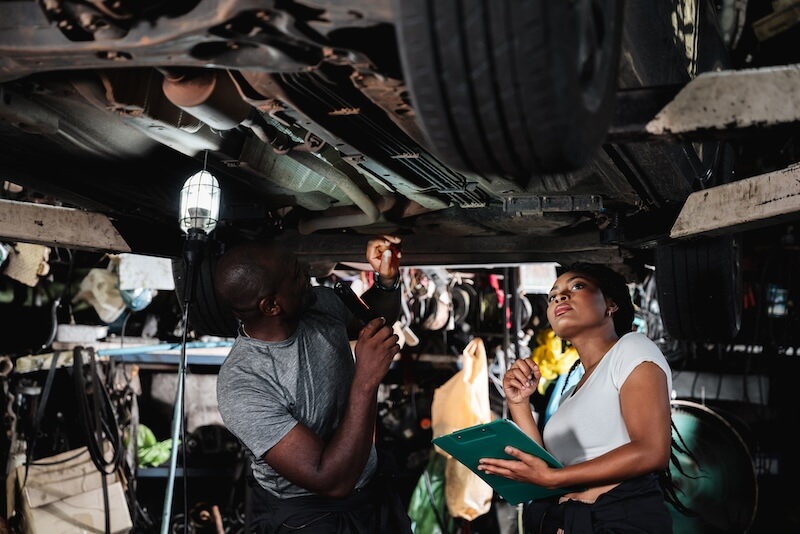
Lighting setups are equally vital in industrial photography. Given the often dim and unevenly lit spaces of auto body shops, portable and adjustable LED panels are indispensable. These allow photographers to direct light precisely where needed, highlighting details or creating dramatic shadows that emphasize the rugged beauty of the workshop. Additionally, a sturdy tripod and a set of neutral density filters can aid in managing exposure and depth of field, ensuring that every shot maintains clarity and impact.
Investing in these essential pieces of gear not only enhances the quality of the images but also provides the photographer with the flexibility to explore creative visions within the challenging yet inspiring spaces of auto body shops.
Techniques for Capturing Dynamic Images
Mastering the art of dynamic image capture within the bustling environment of an auto body shop requires a nuanced approach to photography. The unique blend of bright sparks, reflective surfaces, and constant motion provides an ideal backdrop for exploring advanced lighting techniques and composition tips. Here, we delve into strategic ways to elevate your industrial photography, capturing the raw energy and intricate details of auto body work.
- **Utilize **High-Speed Sync Flash:
To freeze fast-moving subjects like a mechanic in motion or sparks from welding, high-speed sync flash is indispensable. It allows you to use faster shutter speeds in combination with flash, thus capturing crisp, dynamic images without motion blur. - Experiment with Angles and Perspectives:
Explore various angles to emphasize the depth and complexity of the workshop. Low angles can make subjects look more formidable, enhancing the dramatic effect, while high angles offer a comprehensive view of the workspace, highlighting the composition. - **Control Reflective Surfaces with **Polarizing Filters:
Use polarizing filters to manage reflections on cars and tools, which can be distracting. This technique helps in maintaining the focus on the main subject, ensuring that the lighting enhances rather than detracts from the image.
Building Relationships With Shop Owners
Establishing a strong rapport with auto body shop owners is crucial for photographers aiming to excel in capturing the unique atmosphere and operations within these environments. Building these relationships often requires a strategic approach, blending professionalism with a genuine enthusiasm for the craft of both photography and automotive repair. By engaging in meaningful conversations, photographers can uncover the stories behind the cars and the people who restore them, adding depth to their visual narratives.
Networking opportunities with shop owners can lead to mutually beneficial collaborations, where photographers gain exclusive access to behind-the-scenes activities and owners receive compelling images that showcase their craftsmanship. Such partnerships can also extend to joint marketing efforts where both parties can amplify their exposure in related industries and local communities.
To initiate and sustain these professional relationships, photographers should demonstrate respect for the shop space and operations, consistently deliver high-quality work, and maintain clear, open lines of communication. Offering to share the finished photographs with the shop can also pave the way for ongoing collaborations and referrals, turning a single project into a lasting professional alliance that nurtures both the photographer’s portfolio and the shop’s brand.
Safety Tips for On-Site Photography
While forming professional relationships with auto body shop owners provides photographers with unique access to their environments, it is equally important to prioritize safety when capturing images on site. Auto body shops are bustling with activity and potential hazards, so a photographer’s awareness and preparation can make the difference between a successful shoot and an unfortunate incident.
Here are essential safety tips to consider:
- Assess the Environment: Before unpacking your camera, take a moment to scan the area. Identify potential risks such as moving vehicles, tools on the floor, or overhead hazards. This awareness allows you to position yourself safely without compromising your shot’s composition.
- **Employ *Proper Lighting Techniques***: Auto body shops can be *dimly lit* or have contrasting light zones. Using portable lights can not only enhance your photos but also illuminate obscure areas, reducing the risk of trips or falls. Mastering lighting techniques ensures vibrant images and a safer environment.
- Communicate with Staff: Always let the shop personnel know where you will be shooting. This communication helps them be mindful of your presence, and they can advise you on areas to avoid. Following composition tips from the staff can also lead to unexpected and intriguing photographic opportunities.
Conclusion
In conclusion, auto body shops present a palette of possibilities for the perceptive photographer. By blending the brilliance of freshly painted surfaces with the gritty grandeur of mechanical tools, photographers can craft captivating compositions. Establishing strategic partnerships with shop owners not only facilitates unique access but also enriches the narrative depth of each frame. Adhering to safety protocols ensures that these artistic endeavors remain both productive and protected, fostering a fertile ground for photographic exploration and expression.
